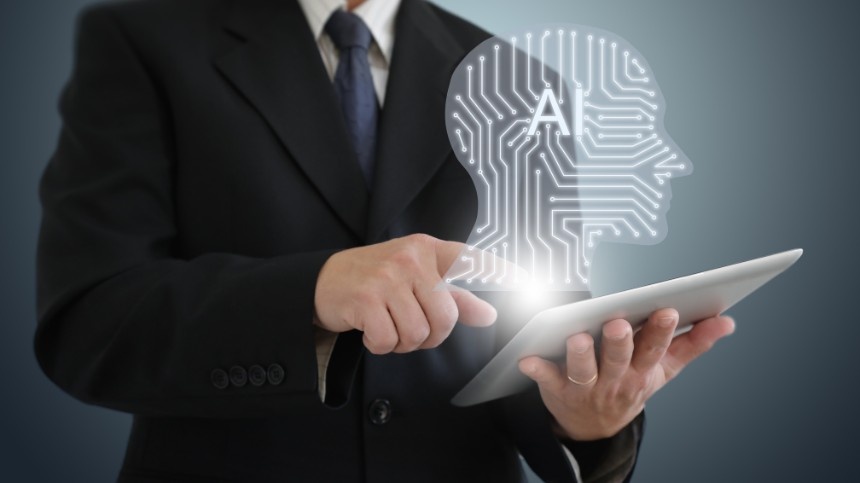Your website is more than just a collection of pixels. It’s a cleverly constructed series of psychological buttons that guide visitors to a destination, ideally the door where they can become customers. Most business owners consider the colour scheme, the placement of the logo, and the location of the contact form when designing a website. The ironic truth is that every single element on your site is either pulling sour prospects in closer or pushing them away. That is what website psychology is all about, and something we’ve seen repeated countless times with clients.

Compared to a few years ago, the world of digital marketing has changed significantly. So gone are the days of static, information websites with a simple contact form, and here are platforms that are actually intelligent and can even make sense of the specific needs of your potential customers on a real-time basis. This is no longer science fiction; it’s happening now, and businesses across Australia are realising they can’t afford to miss out. At SLINKY Web Design, we have been following this evolution closely. We here are a Perth team that have been delivering AI website design that actually works for business. But that’s the thing: it’s not about technology for technology’s sake. It’s all about designing websites that put your business in the best light.

Just as cars, architecture, and fashion all have to change with the times, so does web design, which is why, if you were to look at websites created in 2003 and compare those created in 2023, you would see many differences. Some of those differences result from improved technology, some result from what it takes to get ranked highly changing, and most of all, the differences are due to inevitable changes in web design trends over the years. To a great extent, the trends we are referring to will derive from how web designers now envisage how a website should appear. However, there will be other reasons. We have already mentioned technology and Google rankings, but in addition, mobile device use has had a big impact on web design, as does users’ expectations of what they expect to see and find when they land on a website today. Some trend changes are minuscule and often barely noticed as they occur within the website’s coding, and others are wholesale, where they change entirely how websites are designed. There will also be differences in the importance these trends have to website performance. To give you an insight into what web design trends are currently to the fore in 2023, here are 15 that many top web designers are now including in their website creations. Simplicity: A mantra in many activities, the acronym KISS (Keep It Simple, Stupid) applies more than ever to 2023 web designs. Today’s users have less patience than ever, so complex designs with unclear navigation, busy graphics, or too many pop-ups are a turnoff that risks users clicking away immediately. Full Page Headers: This is a modern web design element that continues to be used by many top web designers. They provide a sophisticated appearance and offer the opportunity to include important text messaging, calls to action, and stunning images. As this is often the first thing that those landing on a website will see, they can have a hugely positive impact.

At the very thought of the phrase ‘Web Design Trends’, people can instantly form a link with visuals from back in the day when the internet was just a fledgling thing. All those shiny buttons, HTML based websites, and the GIFs that made up the websites in the days gone by might make you cringe right now. It was these design elements which made up the bulk of the design trends in that time. There have been drastic trends when it comes to web design but the last decade or so has seen more subtle changes in terms of how it’s done. As subtle as they may be, it is still an important thing to be aware of the changes in web design trends over the years so that you have a better idea about what you want to do moving forward. Here’s a look at the most prominent trends over the decade. Web Design in 2007 This was the time of shiny 3D buttons and roll over effects which were dying out but still in use. The web design was still very much based on grid like designs and CSS built tables were prominent. These lasted for a few more years and also saw the different background textures fade away into oblivion as better internet speeds came along and they started being considered too primitive. It was a time for better things. 2010 and Better Internet As time went on and technological advances were made, the internet connections that everybody was using started to support better speeds. This led to the rise of graphics heavy websites to come into prominence. The web design during this time was augmented by the rise of social media platforms to give rise to infographics.








